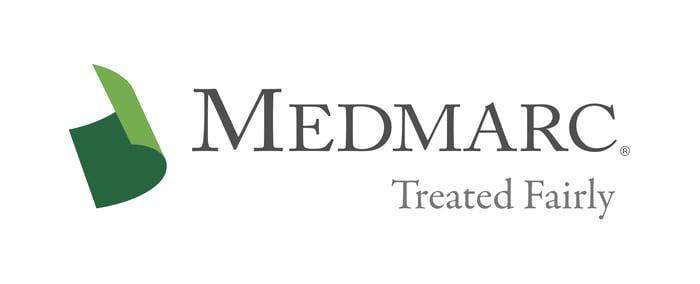FY 2021 Budget Proposal Hits NIH, Mostly Flat for FDA
The Trump administration’s budget proposal for fiscal 2021 in large part reflected the administration’s past proposals for various agencies at the Department of Health and Human Services. While the proposal largely flat-funds the FDA, the cuts to the NIH budget would be significant, but are likely to be overridden by Congress once again.
The OMB budget proposal for NIH for fiscal 2020 had encoded a cut of 12 percent over the previous fiscal year, but Congress reversed that, adding 6 percent to the tally for a total of $41.5 billion. The emphasis on increased NIH budgets was to some extent justified by the notion that increased funding is critical to sustain the U.S. lead in the life sciences, but the need to provide American patients with the latest therapies and diagnostics per the 21st Century Cures Act also fed the emphasis on larger NIH budgets.
In keeping with past budget proposals, the White House has floated an NIH budget of $38.7 billion, which tallies to a cut of roughly seven percent. That news was greeted with a letter of petition to Congress to override the budget proposal and increase the NIH budget to nearly $45 billion. This would represent a boost of $3 billion over the allocation for the current fiscal year and would allow for “meaningful growth above inflation.”
The Ad Hoc Group for Medical Research counts a number of medical professional societies among its membership, such as the American Colleges of Cardiology and Radiology, but also the American Cancer Society and a long list of academic research centers. In all, the letter enjoyed the support of more than 330 organizations.
One possible source of upward pressure on the NIH budget is an update to the 21st Century Cures Act, dubbed Cures 2.0. Rep. Fred Upton (R-Mich.) posted a discussion paper stating that Cures 2.0 is intended to modernize Medicare coverage of and access to the latest therapies, but Upton and Rep. Diana DeGette (D-Colo.) also emphasized digital health. While this document does not explicitly call out NIH funding, the first Cures bill carried a mandate to increase such funding, a mandate that will be difficult to resist, given the bipartisan appeal of greater funding for NIH.
That emphasis on digital health is likely to be used to push more funding for the FDA as well, which is still struggling with regulation of digital health. It might be noted as well that HHS Secretary Alex Azar lent the administration’s support to the latest drug pricing bill by Sens. Chuck Grassley (R-Iowa) and Ron Wyden (D-Ore.)
Analysis Sees Slight Increase for CDRH
The Alliance for a Stronger FDA posted a review of the likely impact of the budget proposal on the FDA, which indicates that the budget authorizations for the Center for Drugs and the Center for Biologics would both be level with FY 2020. The Center for Devices and Radiological Health would see an increase of $21 million under this proposal, up to $416 million, although the National Center for Toxicological Research would lose $1 million for a budget authority of $66 million.
Per the statutory authorities, the funding for 21st Century Cures activity at the FDA would drop from $75 million in FY 2020 to $70 million in the coming fiscal year. The Alliance based its assessment on one of the several documents posted by OMB, which indicates the FDA will receive $2.7 billion in user fees in FY 2021.
One significant change the budget proposal would impose upon the FDA would be to eliminate oversight of tobacco and related products. That proposal drew considerable blowback from a number of sectors, and would require that the Senate confirm the administrator of such an agency. Whether such a change would enhance federal government oversight of these products is unknown, but the American Heart Association was only one of several organizations that blasted the move. The AHA statement recommended that the Trump administration focus more on youth tobacco use and nicotine addiction, and on ensuring the FDA “exercises the authority it has been granted to protect public health.”
For additional resources contact the Marketing department
Phone: 888-633-6272
Medmarc is a member of ProAssurance Group, a family of specialty liability insurance companies. The product material is for informational purposes only. In the event any of the information presented conflicts with the terms and conditions of any policy of insurance offered from ProAssurance, its subsidiaries, and its affiliates, the terms and conditions of the actual policy will apply.
Copyright © 2024 - Medmarc
